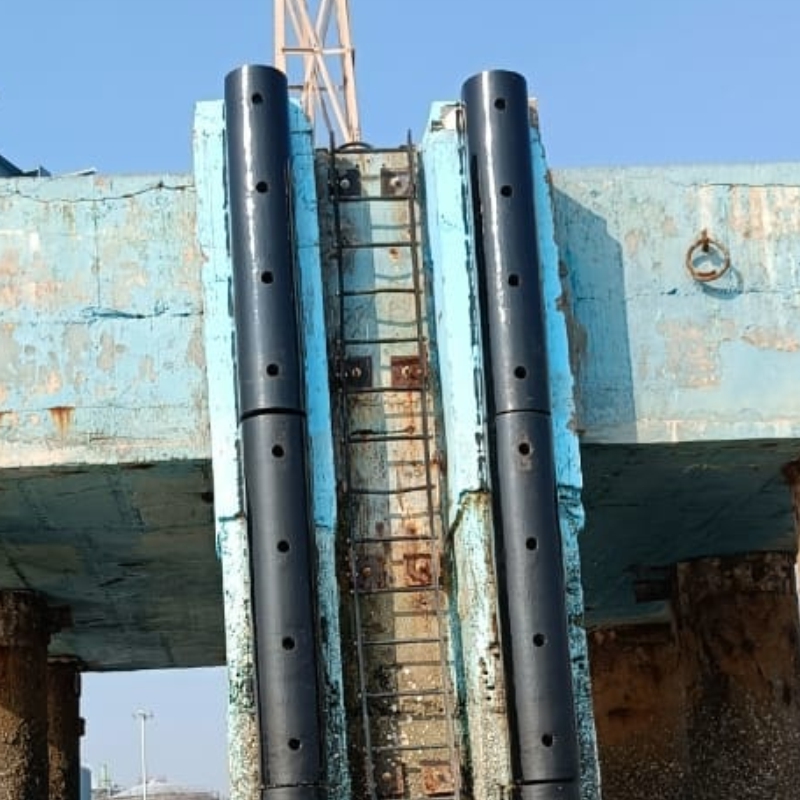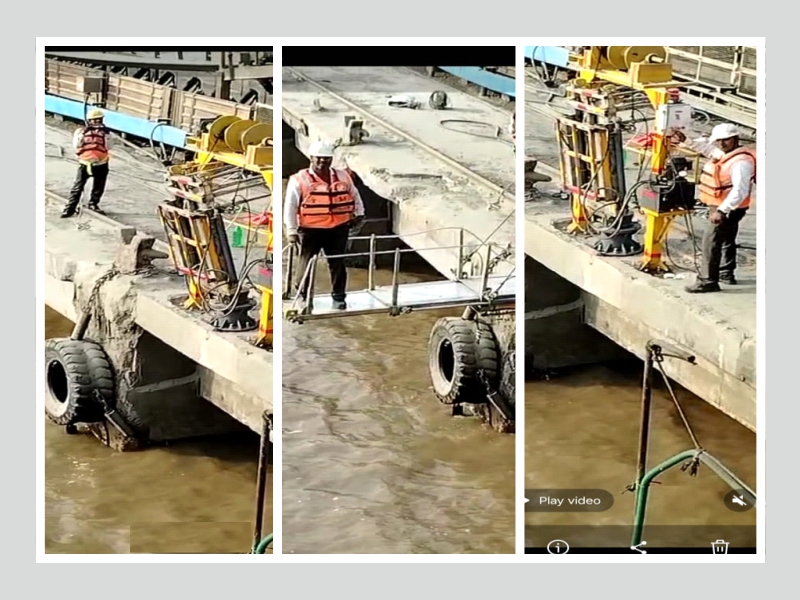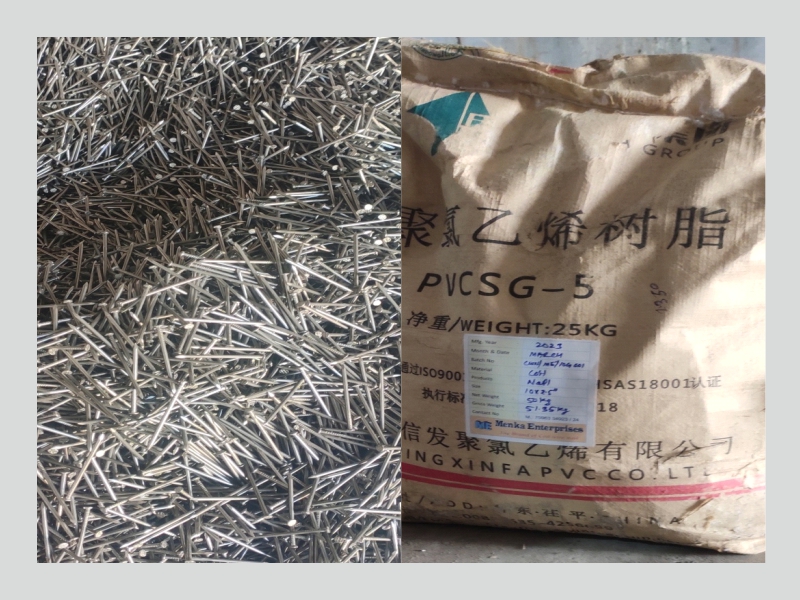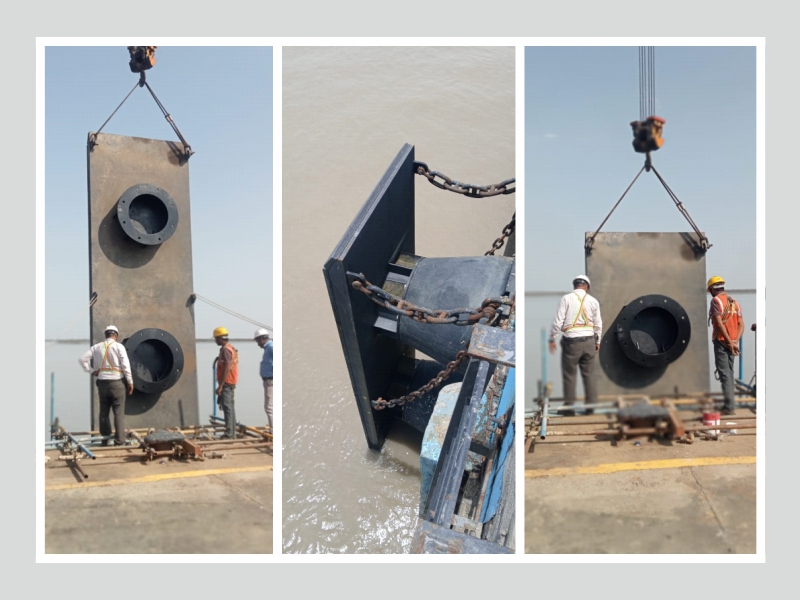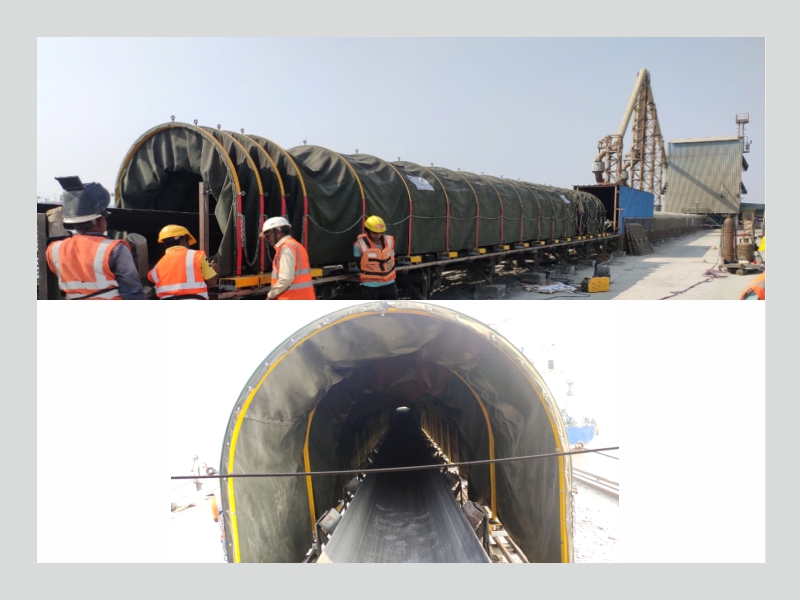
Canopy System
A canopy system Size: 1700H X 20mtr Long is a structural overhead covering typically used for protection from the elements, such as rain, sun, or wind. These systems are versatile and can be installed in a variety of environments, including commercial buildings, outdoor spaces, entrances, and transportation hubs. Below are the key details and characteristics of canopy systems:
Purpose:
- Weather Protection: Shields Raw Materials and areas from rain, snow, sun, and wind.
- Aesthetic Enhancement: Adds to the visual appeal of buildings and spaces with sleek designs.
- Energy Efficiency: Can help reduce cooling costs by providing shade and reducing heat absorption by the structure beneath.
- Signage/Branding: Canopies, especially those used in commercial settings, are often used for branding, with company logos or names displayed on them.
Types of Canopy Systems:
- Fixed Canopy: Permanently attached to the building or structure. Often used over entrances, loading docks, or walkways.
- Retractable Canopy: Can be opened and closed as needed, either manually or via an automatic system. Used in areas where flexibility in covering is required, such as patios or terraces.
- Tensile Canopy: Made from tensioned fabric stretched over a frame, often used for large outdoor spaces such as stadiums or parks. This type is lightweight and offers modern design aesthetics.
- Cantilevered Canopy: Supported by structures on one side only, offering unobstructed space underneath. Commonly used in parking areas or loading zones.
- Freestanding Canopy: Independent of any building, supported by its own posts or frame. Used for outdoor seating areas, bus stops, or walkways.
Materials:
- Metal (Steel): Commonly used for frames due to their durability, corrosion resistance, and structural strength.
- Glass: Often used in high-end canopy designs to offer protection while maintaining visibility and natural light. Typically laminated or tempered for safety.
- Polycarbonate: A lightweight, shatterproof alternative to glass, offering UV protection and transparency.
- Fabric (PVC, PTFE, HDPE): Used in tensile structures, these fabrics are UV-resistant, waterproof, and durable. They are also flexible, allowing for dynamic and artistic designs.
- Wood: Used for decorative purposes, especially in architectural designs where natural aesthetics are desired.
